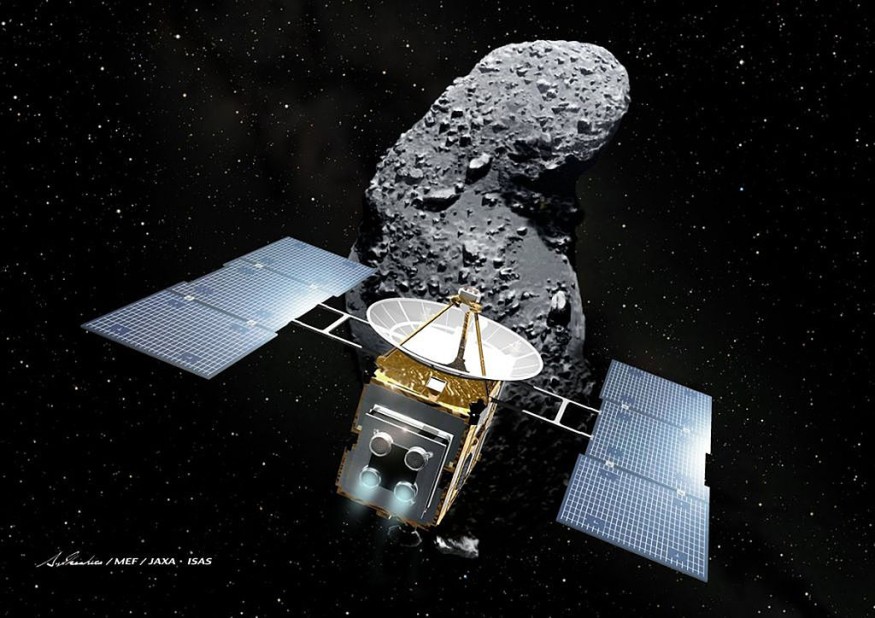A new asteroid that roughly scales to the gigantic Washington Monument was detected in space. Experts from NASA confirmed that the rock will head towards our planet and hover near our skies in a couple of days before January ends. Although the asteroid will not hit any parts of our planet, its size is evidently enough to slap Earth with force exceeding the capacity of modern-day nuclear bombs.
Asteroid 2017 XC62

The asteroid, known as 2017 XC62, has a size that measures between 84 meters to 190 meters. NASA reported that it would pass through the face of our planet beginning on January 24 with an estimated speed of 4.31 kilometers per second. The asteroid's chances of hitting Earth are very low, as 2017 XC62 will fly on a trajectory that is placed to over seven million kilometers away from the planet's surface. It will keep most of the people at ease, considering that the distance is 18 times greater than the space between Earth and the moon, which is measured at only 384,000 kilometers.
The detection of 2017 XC62 takes back many individuals to the last asteroid impact that occurred in 2013. According to the previous data of the hit, the space rock that landed on Russia came from a 17-meter main asteroid that exploded mid-air.
The most significant impact, however, was recorded back in 1908. The space rock flew down on Russia's Podkamennaya Tunguska River. The effect resulted in a mild casualty, pushing the experts to dub the phenomenon the 'Tunguska event.' The asteroid from this year is theorized to have the same size as the recent 2017 XC62.
ALSO READ: NASA, Citizen Scientists Discovered Weird Jupiter-Size Exoplanet Hiding in the Universe
Looking Back to the Tunguska Event
The Tunguska event produced a powerful explosion that measured 12 megatons following its hit. The space rock destroyed most of the materials in nearby kilometers around the point of impact. According to the experts, the 1908 asteroid explosion is 800 times stronger than the world war II superstar 'Little Boy,' a 15-kiloton atomic bomb that was thrown to the populated city of Japan known as Hiroshima.
The Tunguska asteroid is also considered to have a greater capacity than the 'Fat Man', a 20-kiloton counterpart of Little Boy that was dropped over Nagasaki three days after.
Thankfully, the death rate from the Tunguska event was extremely low, allowing the population of the area to continue their lifestyles and build their habitats back to normal with ease. The region is considered to be a remote part of Russia, allowing luscious trees to grow untouched on its terrains. With the fall of the space rock, 80 million of this tress were flattened by a surgeon wind with a force of 27 kilometers per second. The airwaves were so strong that they reached some parts of Indonesia and Washington.
According to a report by The Jerusalem Post, experts from the Davidson Institute of Science calculated that just a simple 140-meter space rock is enough to hold an energy that exceeds the first atomic bomb. A 300-meter asteroid is on a whole different level, as like the famous Aphopis, it would be sufficient to crush and erase an entire continent. Any asteroid that exceeds over a kilometer in width would endanger the entirety of Earth.
RELATED ARTICLE : ESA Approves The Next-Generation Exoplanet Mission Plato, Development Moves to Second Stage
Check out more news and information on Space in Science Times.
© 2025 ScienceTimes.com All rights reserved. Do not reproduce without permission. The window to the world of Science Times.









